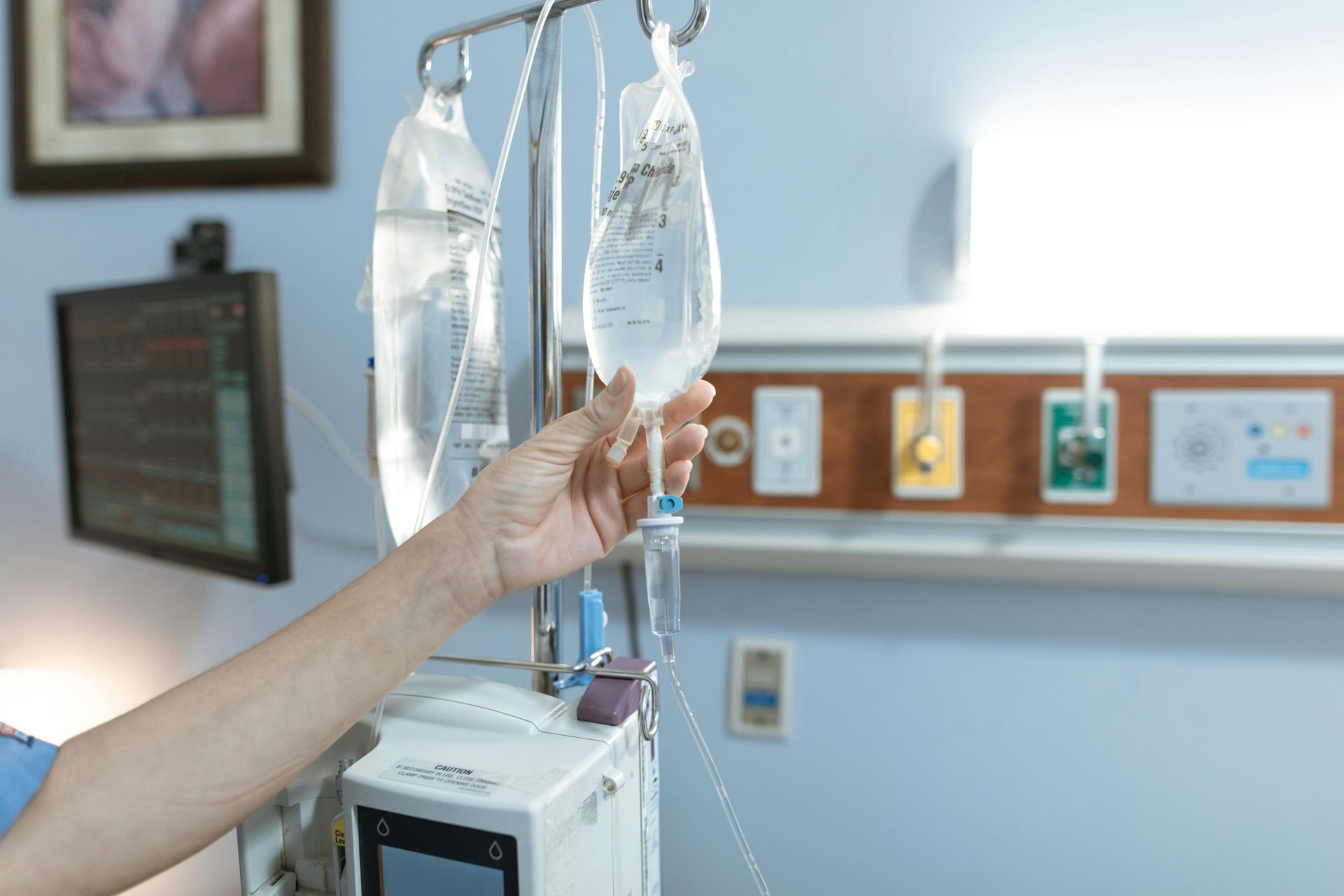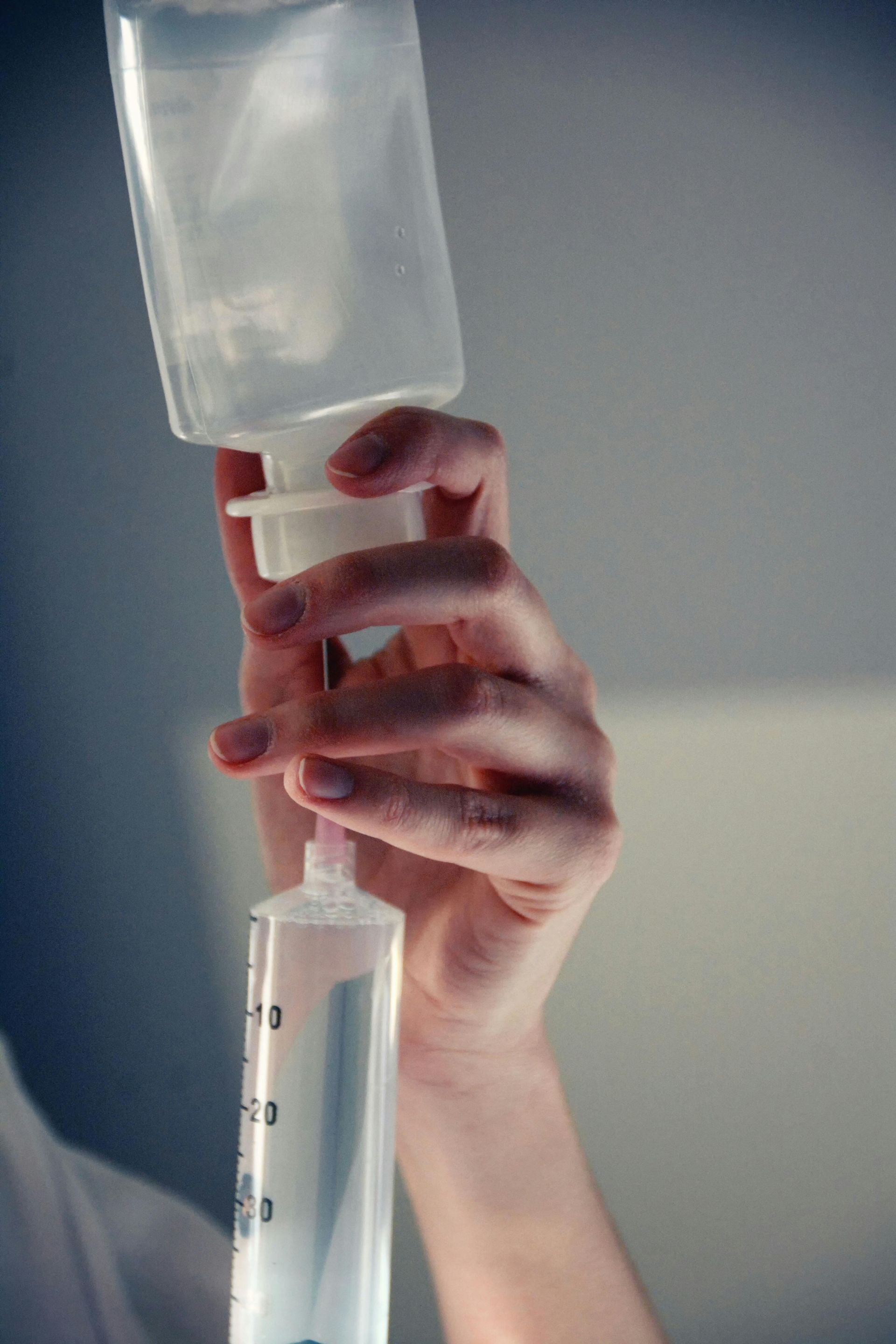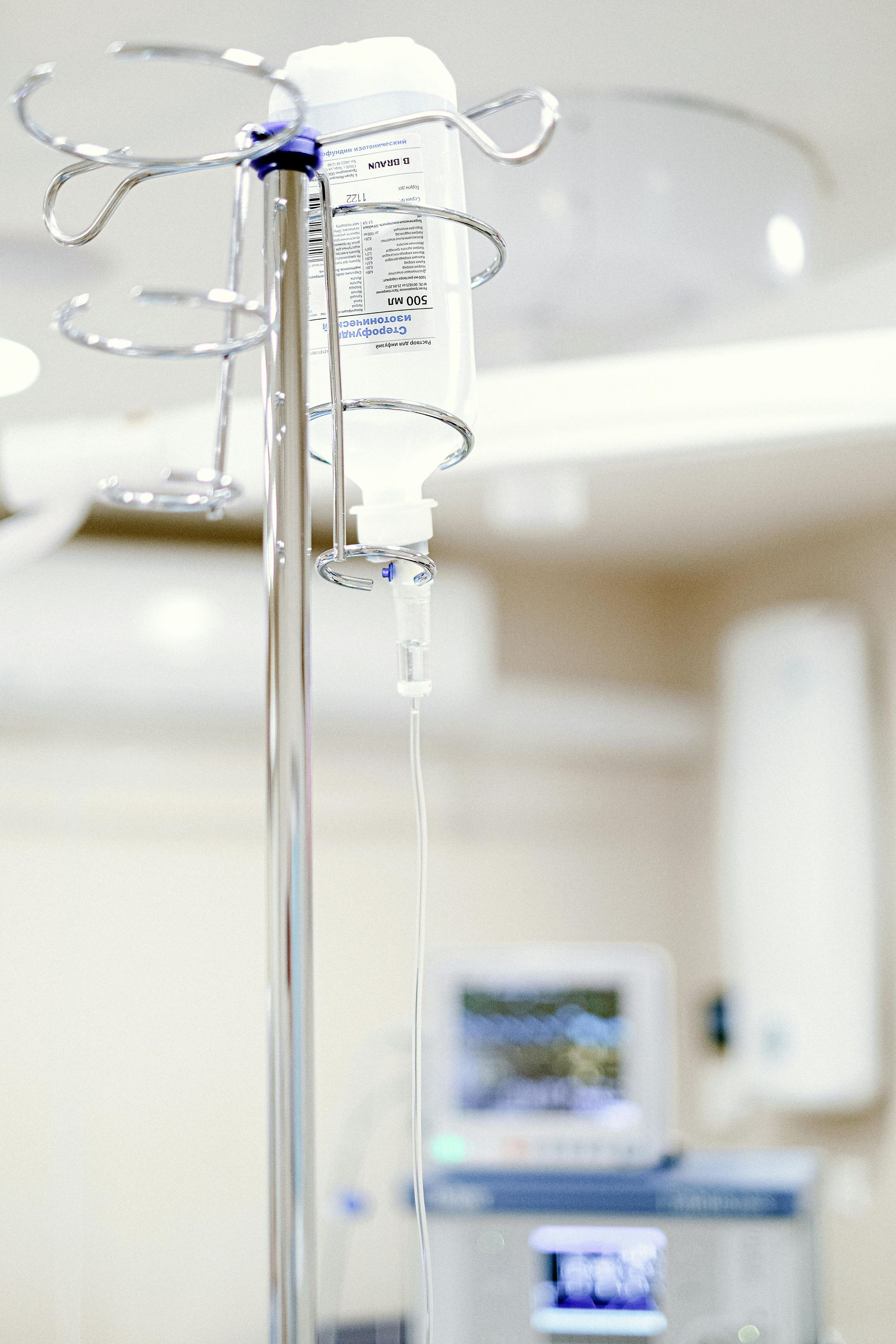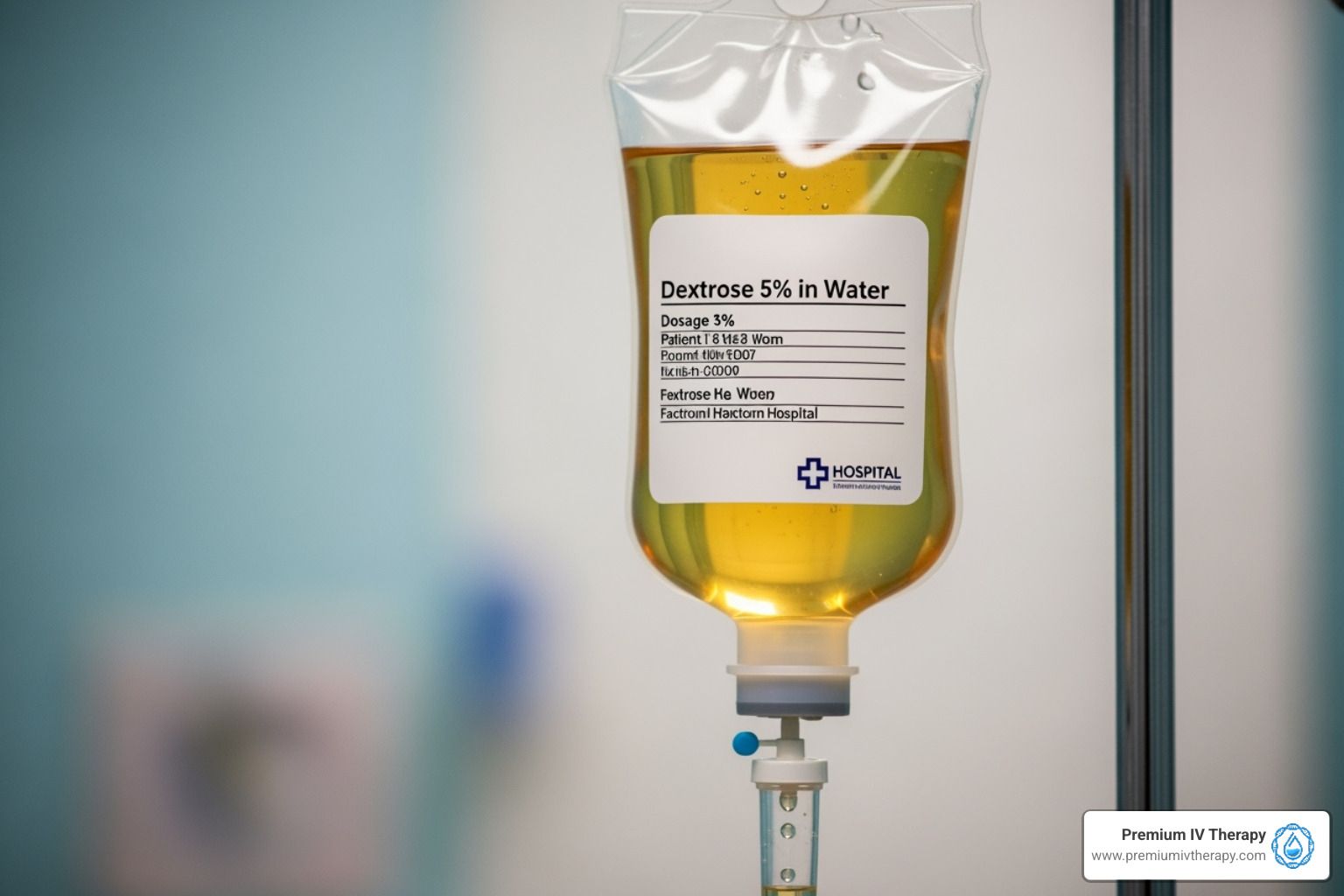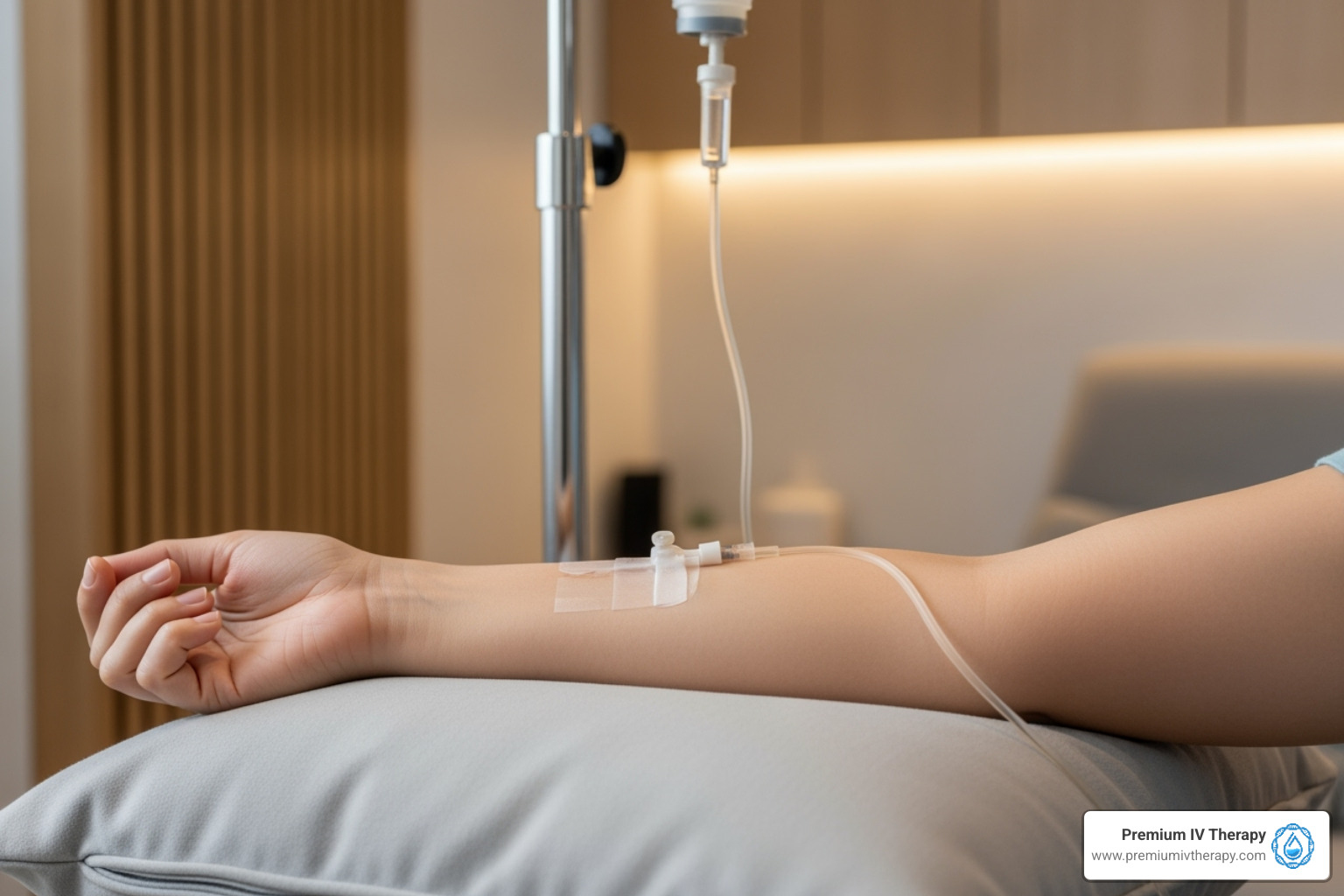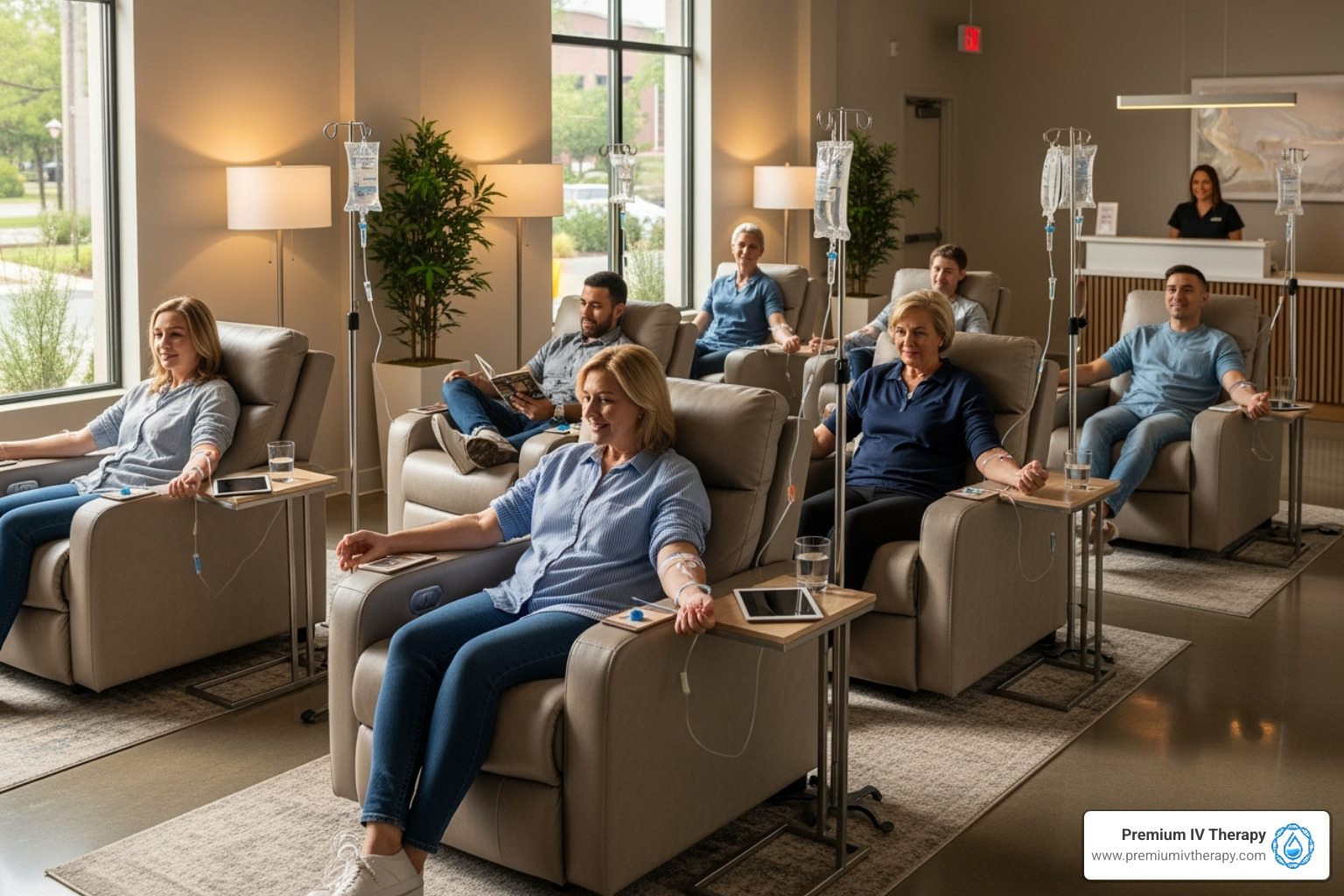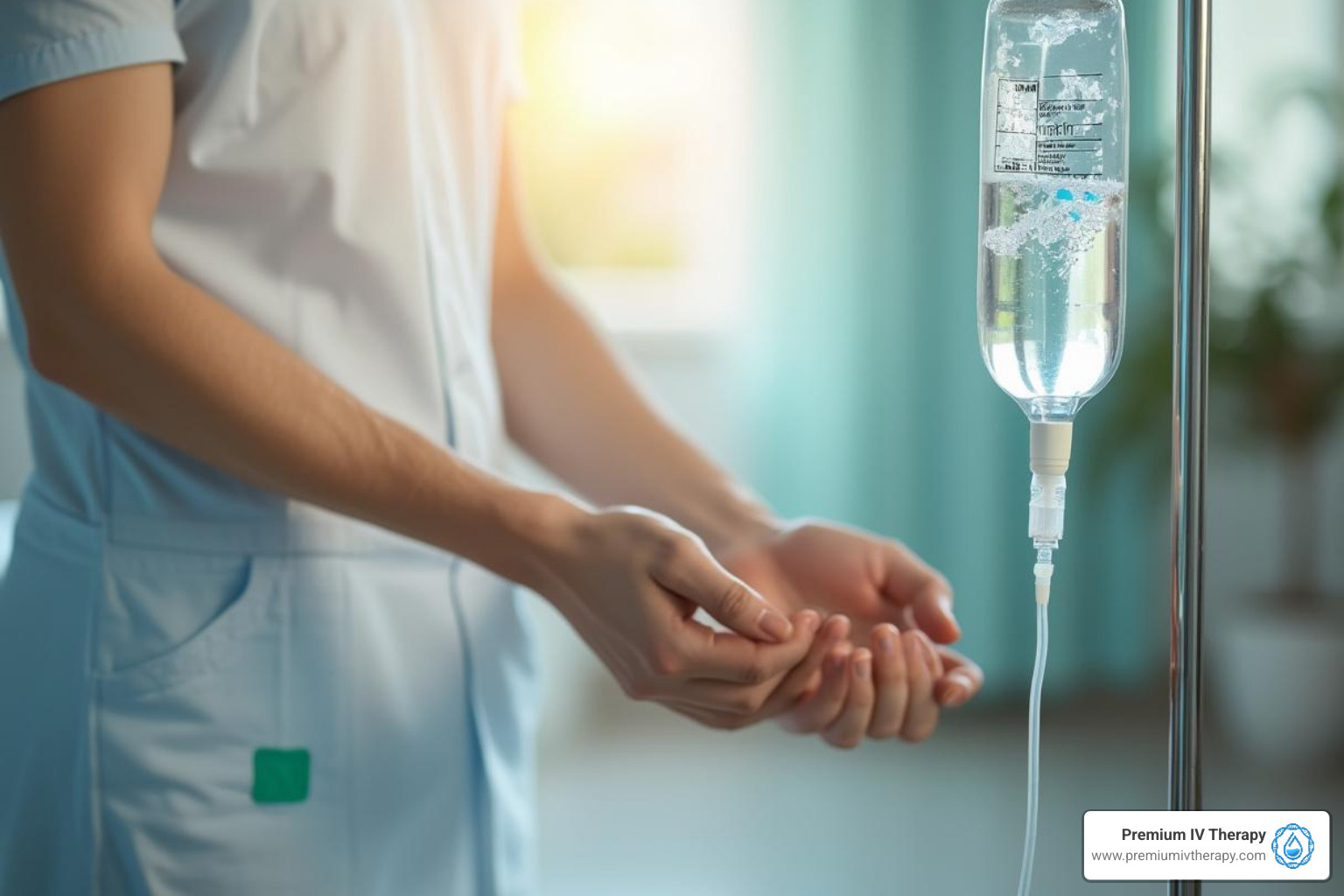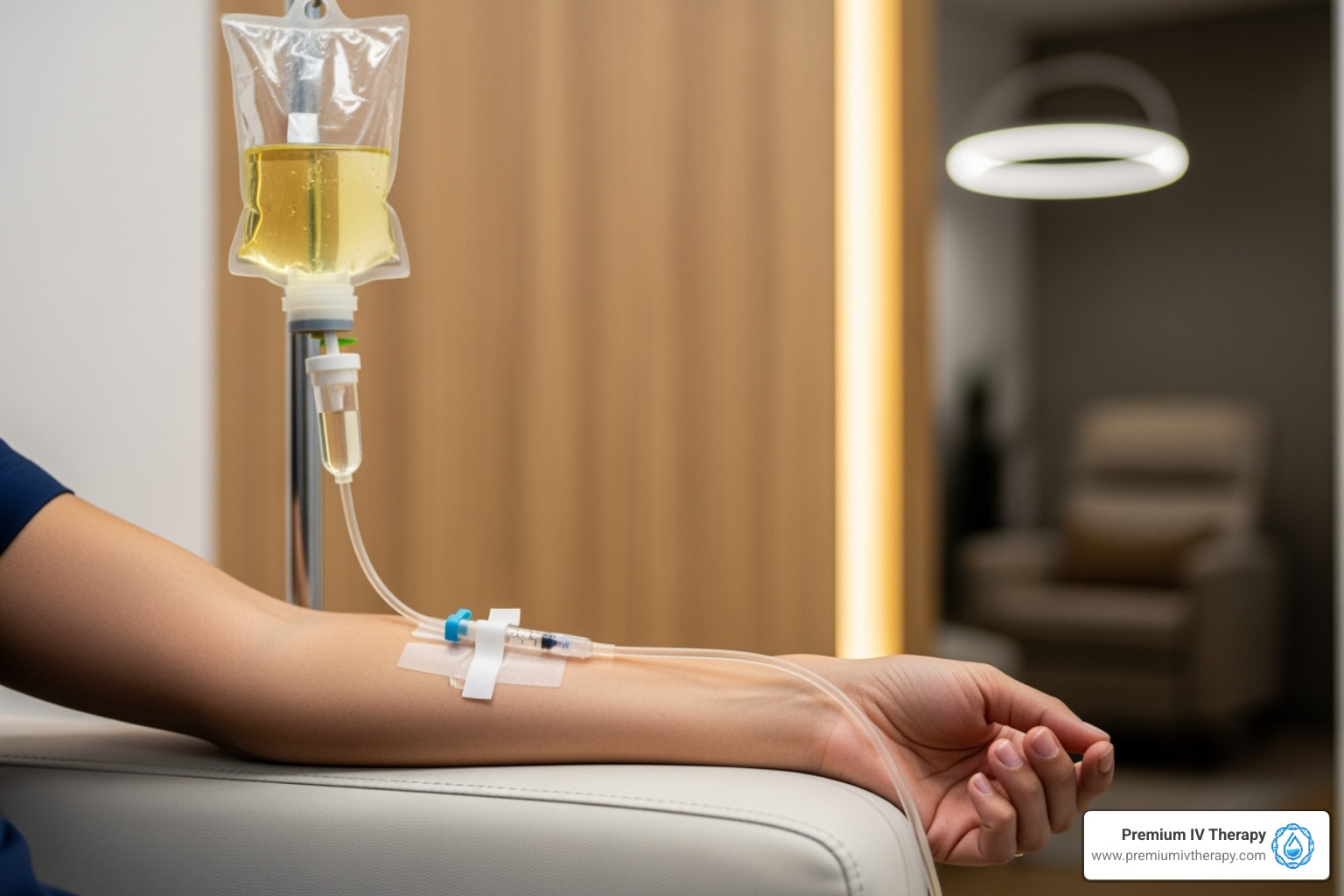How Much Water Should You Drink a Day? A Simple, Personalized Guide
How much water should you drink a day? It’s one of the most common health questions, and chances are you’ve heard the classic “8 glasses a day” rule. While it’s a simple guideline, the truth is that hydration isn’t one-size-fits-all. Your daily water needs depend on who you are, where you live, and how active you are.
Water plays a central role in nearly every system in your body from carrying nutrients and oxygen to cells, to regulating temperature and keeping your joints cushioned. That’s why knowing how much you should drink each day matters, but the answer isn’t the same for everyone; it’s about understanding the baseline recommendations and adjusting based on your lifestyle, health, and environment.
And when sipping isn’t enough after illness, travel, heat, or hard training, Premium IV Therapy provides clinician-guided IV hydration to restore fluids and electrolytes quickly and safely.
How Much Water Most People Need (Simple Guide)
Daily hydration isn’t one-size-fits-all, but there’s a practical baseline most people can use. “Total fluid” means everything you drink plus the water in foods (fruit, veg, soups). If you think in bottles, a standard 500 ml bottle helps: totals below translate to about 7–8 bottles for men and 5–6 bottles for women spread through the day.
- Men (19+): ~3.7 L/day (≈ 13 cups) total fluid
- Women (19+): ~2.7 L/day (≈ 9–11 cups) total fluid
- Kids (4–18): roughly 1.2–2.6 L/day (≈ 5–11 cups) depending on age and activity
Pregnancy / Breastfeeding: about 3.0 L total (~10 cups from beverages) in pregnancy; 3.8 L total (~13 cups from beverages) while breastfeeding
Use simple cues to fine-tune: pale-straw urine usually signals adequate hydration. Increase intake if you’re very active, in hot weather or at altitude, or recovering from illness (fever, vomiting, diarrhea). Certain conditions and medications can change your targets when in doubt, follow your clinician’s guidance.
What Factors Change Your Water Needs?
Your daily hydration target isn’t fixed; it shifts with your routine, environment, and health. Use the baseline (e.g., ~3.7 L for men, ~2.7 L for women) and adjust using the factors below.
- Activity & sweat loss. The harder and longer you exercise, especially in heat, the more you sweat and the more fluid you need. A midday runner in Arizona will naturally need more than an office worker indoors with air conditioning.
- Climate & altitude. Hot or humid weather ramps up sweating; dry air (including airplane cabins) and high altitude increase water loss through breathing and can dull thirst. Expect higher needs in summer, on long flights, and when traveling to mountainous regions.
- Illness & GI losses. Fever, vomiting, and diarrhea raise fluid and electrolyte needs. On sick days, increase fluids and consider electrolyte-containing drinks as advised by your clinician.
- Health conditions & medications. Some conditions (e.g., thyroid disorders) and medicines (e.g., diuretics) alter fluid balance. Others, like advanced kidney or heart disease, may require restricted fluids. Follow personalized medical guidance if any of these apply.
- Age & thirst perception. Older adults often feel less thirsty even when under-hydrated. Scheduling regular drinks and using simple checks (e.g., pale-straw urine) helps.
- Diet pattern. High-protein days increase solute load and may nudge needs upward. Early low-carb/keto phases can cause water loss (glycogen + diuresis), so plan extra fluids and adequate electrolytes. High-sodium meals can also shift short-term water needs.
- Alcohol & caffeine. Alcohol promotes fluid loss, so pair each drink with water and rehydrate afterward. Most people can count coffee and tea toward daily fluids, but mind total caffeine to avoid sleep disruption.
- Body size & sweat rate. Larger bodies and naturally heavy sweaters tend to need more fluid to maintain balance, especially during warm-weather activity.
Start with a reasonable daily target, then dial it up on days with heat, altitude, long workouts, illness, flights, or higher protein/low-carb eating—and follow your clinician’s advice if you have medical conditions or take medications that affect fluid balance.
Benefits of Drinking Enough Water
Hydration keeps your body running smoothly, from how clearly you think to how comfortably you move and recover. Before you adjust your daily target, it helps to know exactly what staying well-hydrated does for you.
- Drinking enough water supports steady energy and focus.
- It helps digestion and keeps bowel movements regular.
- It carries nutrients and oxygen to your cells.
- It supports skin hydration and a healthier appearance.
- It cushions and lubricates your joints.
- It helps regulate body temperature during heat or exercise.
- It reduces fatigue and dehydration-related headaches.
- It speeds post-workout recovery by replacing sweat losses.
Risks of Not Drinking Enough (and Too Much)
Failing to get enough water or going too far in the other direction can stress your body in serious ways. Below are the major risks, from the more common to the rare but dangerous, along with how to spot trouble early.
Dehydration risks & symptoms
Mild to moderate dehydration may start with subtle signs: fatigue, headache, dry mouth, dark or concentrated urine, dizziness, and muscle cramps. Over time, insufficient hydration can lead to more serious problems:
- Heat injury (cramps, heat exhaustion, heatstroke)
- Urinary tract infections, kidney stones, or even kidney damage
- Low blood pressure, rapid heart rate, and reduced blood volume (hypovolemia)
- Electrolyte imbalance leading to seizures or muscle spasms
- In severe cases: confusion, delirium, coma, organ failure, and death
Overhydration / Hyponatremia (Drinking Too Much)
On the flip side, consuming too much water especially quickly or without enough electrolytes, can dilute your blood sodium (a condition known as hyponatremia), which carries its own serious risks:
- Nausea, vomiting, headache, confusion
- Muscle cramps, spasms, weakness
- Swelling of brain cells (cerebral edema) leading to seizures, coma
- In extreme cases: respiratory arrest or death
Athletes doing long endurance events are among the most vulnerable, because they may drink aggressively while losing sodium-heavy sweat, pushing blood sodium too low. This is known as exercise-associated hyponatremia, and documented cases exist even in organized races.
Practical Tips to Stay Hydrated
Making hydration a habit while at home doesn’t have to feel complicated. The simplest way is to weave small, easy practices into your daily routine so water becomes second nature.
Carry a reusable water bottle so it’s always within reach, drink a glass of water with every meal, and add flavor with lemon, cucumber, or berries if you prefer variety. Eating water-rich foods like watermelon, cucumber, or celery also contributes to your intake. A quick way to check if you’re on track is to glance at your urine color, pale straw usually means you’re hydrated, while darker shades suggest you need more fluids.
By spreading these habits throughout the day, you’ll avoid long gaps without water, reduce the chances of afternoon fatigue or headaches, and support steady energy and focus.
When Drinking Water Isn’t Enough: How Premium IV Therapy Helps

Knowing how much water you should drink a day sets your baseline, but real life doesn’t always cooperate. Hot days, tough workouts, long flights, or a stomach bug can leave you drained even when you’re sipping steadily. That’s because you’re not just losing water; you’re also losing electrolytes that help your body hold onto that fluid and keep nerves and muscles working right.
That’s where Premium IV Therapy comes in. Our IV hydration delivers fluids and electrolytes directly into your bloodstream, so you rehydrate faster than with oral drinks alone. If you’ve had vomiting or diarrhea, are recovering from jet lag or heat exhaustion, or you’re an athlete trying to bounce back quickly, an IV drip can help restore balance so you feel steady sooner.
Just like daily water needs aren’t one-size-fits-all, our infusions are customized. A licensed clinician tailors your drip, fluid volume, electrolytes, and targeted nutrients to your goals (energy, recovery, immune support) and your current state (how you’re feeling, recent activity, recent illness). You’re monitored from start to finish for comfort and safety, so the process is both efficient and reassuring.
Bottom line, drinking enough water each day is your foundation; Premium IV Therapy is your backup plan for the days when hydration needs spike and sipping isn’t cutting it. If you’re facing a fast fluid loss or need targeted recovery, we’ll help you get back on your feet—safely, quickly, and with care that’s personalized to you.


